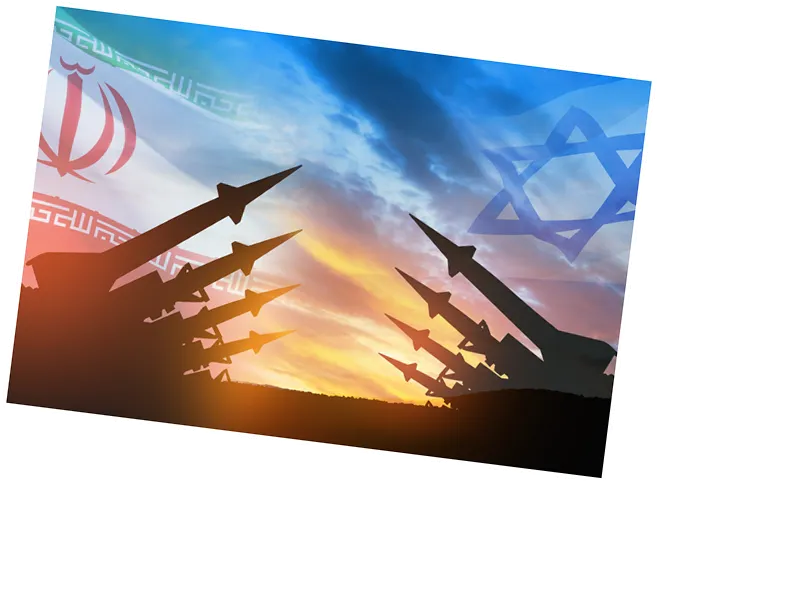Overview of Global Missile Defense Systems
In recent months, the geopolitical landscape has intensified, particularly in the Middle East, where missile defense systems have become a focal point of military strategy. On October 1, Iran launched a significant missile operation against Israel, prompting a swift response from the U.S. to bolster Israeli air defenses with the deployment of the THAAD (Terminal High Altitude Area Defense) system. This incident highlighted the vulnerabilities in Israel's existing multi-layered air defense systems, which include the Iron Dome, David's Sling, and Arrow systems.
The THAAD System and Its Importance
The THAAD system is designed to intercept short- and medium-range ballistic missiles during their final phase of flight, operating effectively at altitudes of up to 150 kilometers and ranges of 200 kilometers. Its deployment in Israel marks a critical enhancement of the country's air defense capabilities, especially in light of the recent Iranian missile threats. The U.S. Department of Defense justified this deployment as a necessary measure to strengthen Israeli defenses against unprecedented missile attacks, emphasizing the need for multi-layered protection against evolving aerial threats.
Other Notable Missile Defense Systems
While the THAAD system is a key player in missile defense, it is not the only advanced system in the world. The Russian S-400 and American Patriot systems are also significant. The S-400, with a range of up to 400 kilometers, is designed to counter various aerial threats, while the Patriot system has been a staple of U.S. air defense since its effectiveness in the Gulf War. Additionally, China's Hongqi-9 and the Aster 30 SAMP/T system developed by France and Italy further illustrate the global arms race in missile defense technologies. Despite these advancements, the ongoing threat from low-cost, locally manufactured missiles remains a concern, as they can still inflict damage even against sophisticated defense systems.





